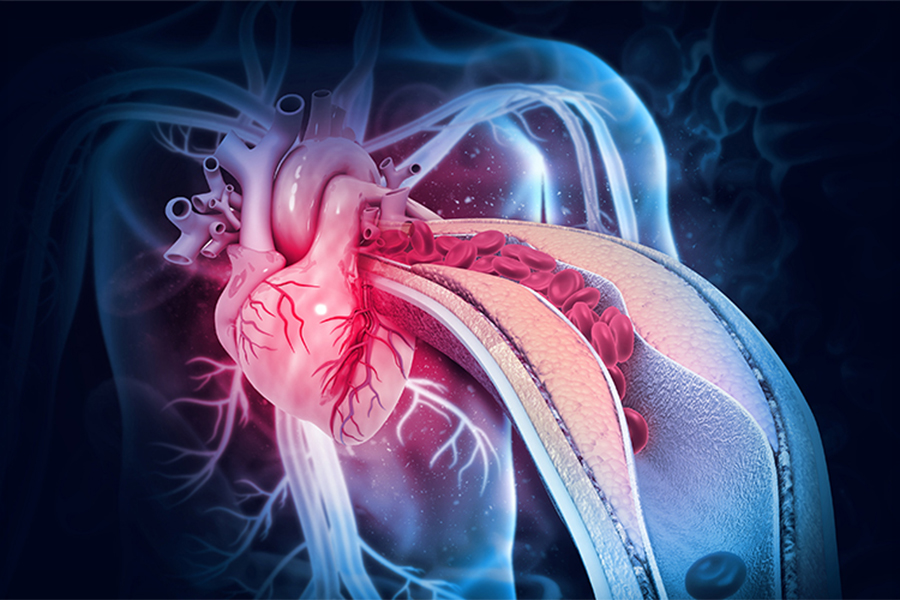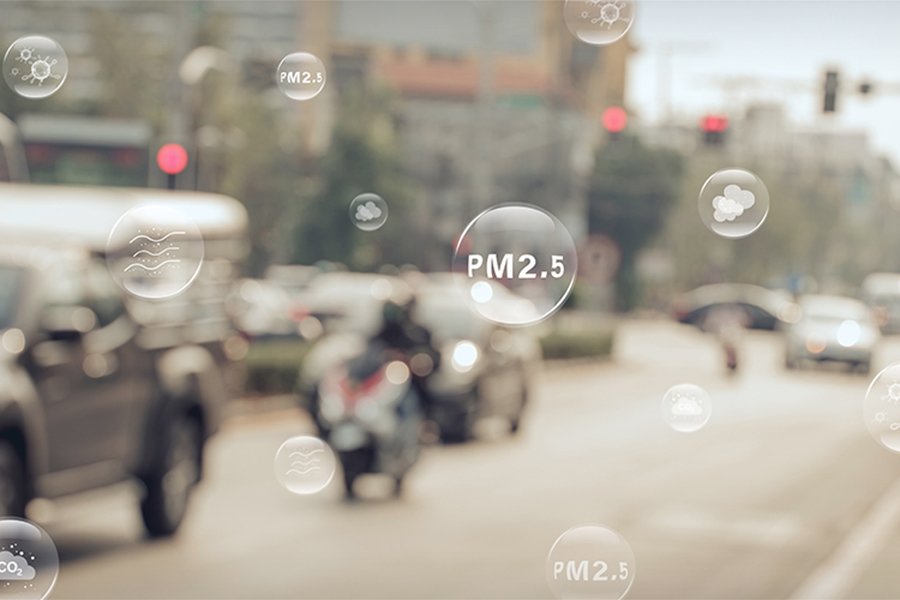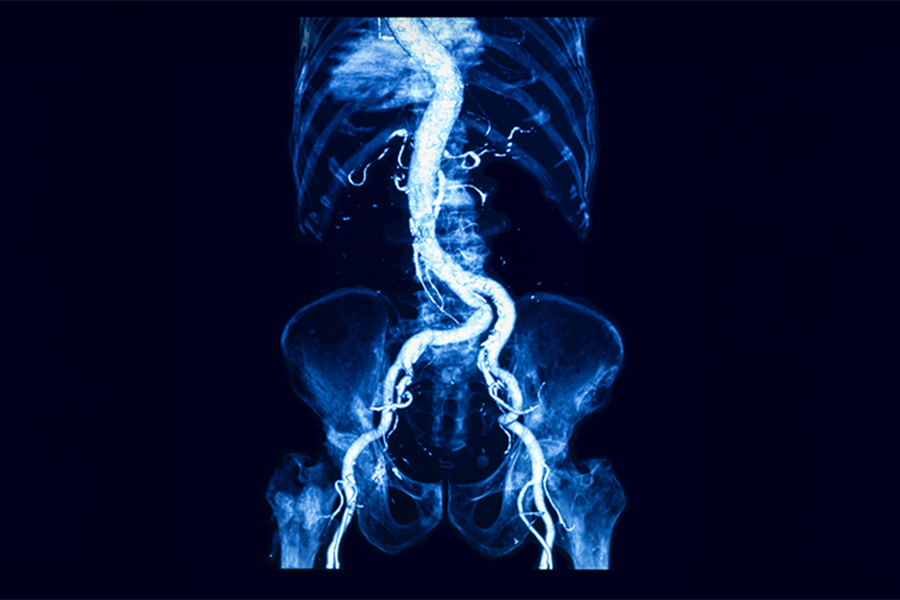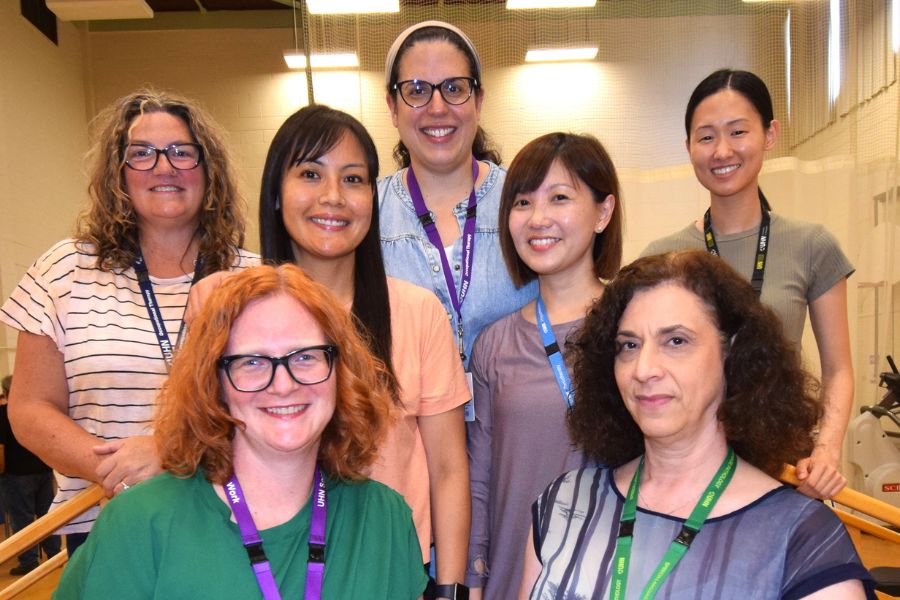
Atherosclerosis — the buildup of cholesterol (called plaques) and inflammation in artery walls — is a leading cause of heart disease and stroke.
Researchers at UHN, led by Dr. Kathryn Howe, a vascular surgeon at UHN’s Peter Munk Cardiac Centre and scientist at Toronto General Hospital Research Institute, are studying how the endothelium — the thin layer of cells lining blood vessels — helps drive this process.
The team developed the first experimental model to track how endothelial cells (ECs) communicate in organisms and identified EC communication signals that drive carotid artery plaque instability.
ECs help regulate inflammation and blood flow by releasing tiny particles called extracellular vesicles (EVs). These EVs carry messages in the form of proteins, fats, and genetic material.
This dynamic cell-to-cell communication may help drive both plaque development and its sudden complications, such as heart attack or stroke.
However, little is known about these EVs’ biological cargo, their cellular origin or destination, and their functional roles in human plaque formation.
In addition, tracking EV transfer from ECs in real time remains challenging. Two studies from Dr. Howe’s team delve into these issues and work to overcome these limitations.
In a study in the journal Circulation Research, the team generated a new preclinical model that uses a glowing green marker to follow EC-derived EVs in real time. This offers a powerful new way to track how EVs move and act within blood vessels — especially in developing plaques — providing a tool for studying EC-driven conditions such as stroke, heart failure, diabetes, cancer metastasis, and aging.
In a second study, published in the journal Arteriosclerosis, Thrombosis, and Vascular Biology, the team analyzed EVs from human carotid artery plaques — where plaque buildup in neck arteries can lead to stroke.
In addition to impeding blood flow, the plaques can also become unstable and rupture, releasing material that obstructs an artery and leads to a heart attack or stroke.
The team examined EVs from human carotid plaques, comparing samples from patients with and without symptoms of stroke. Using RNA sequencing and protein analysis, they examined EV cargo and traced their origins and destinations.
They found more EVs in plaques than in surrounding tissue — especially in symptomatic patients. These EVs carried different microRNAs and proteins depending on whether plaques were stable or prone to rupture.
In symptomatic plaques, EVs showed more complex communication with nearby cells, particularly endothelial cells, and appeared to promote new blood vessel growth — a process linked to plaque instability.
These findings suggest that EVs help drive disease progression and could be targets for new treatments to prevent stroke and other cardiovascular events. Together, these studies highlight EVs as important drivers of atherosclerosis and introduce a new model to study their role.

No one ever changed the world on their own but when the bright minds at UHN work together with donors we can redefine the world of health care together.


